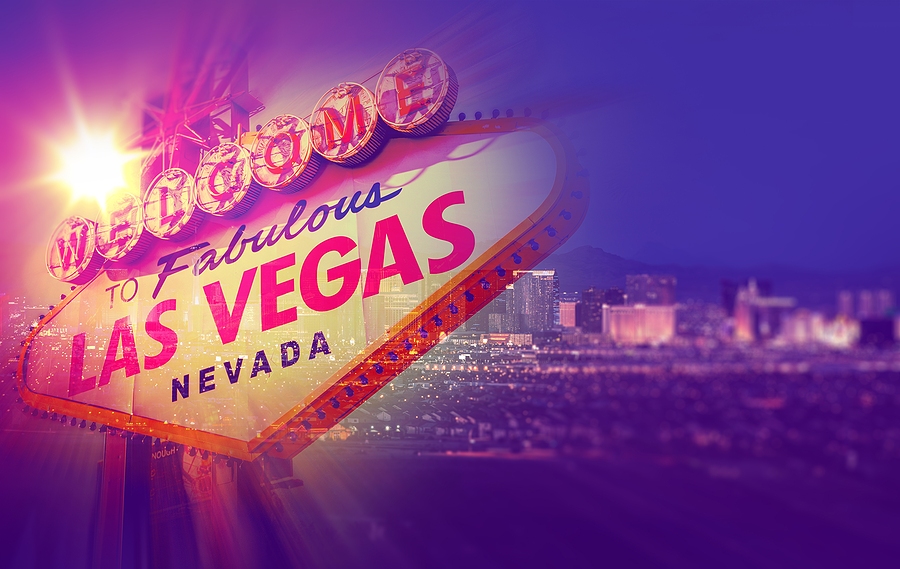LED advertising screens are now an integral part of the built environment in the UK and beyond. They are widely used for advertising in sports stadiums, shopping malls, entertainment venues and roadsides. Digital screens are also now a vital part of public communication in transport hubs, hospitals, schools, and hospitality.
The standard shape for a screen is a rectangle, because this is the best and most convenient way to display the pixels, which are the tiny square shaped elements that make up the images displayed on digital screens. Recent developments in technology have enabled curved screens to be manufactured for use on building facades or sports stadia.
This concept has been taken one step further in the bright lights city of Las Vegas, USA. Marketing Brew reports that Sphere, a giant dome-shaped venue, has its exterior entirely covered with curved LED screens. These enable the broadcasting of 360-degree digital advertisements, maximising impact and audience engagement and reach.
Prominent global brands that have already advertised on the sphere include Coca-Cola, Xbox, and Meta, with many others lined up according to the chairman of Sphere Entertainment Co James Dolan. However, such premium advertising space does come at a price, in this case between $450k and $650k a week.
The novel shape and scale of the Sphere screens means that advertisers are guaranteed not only a huge impact on passersby, but also in press coverage and social media, where it has the potential to go viral. The sheer size of the dome can cut through the noise of more cluttered urban locations and out-compete other sources of advertising.
The screens, which extend from floor to ceiling and entirely cover the dome, measure up at 160,000 sq ft. They can also be viewed from the interior of the venue, providing an amazing high-resolution immersive environment for concert goers and sports fans. A recent concert by U2 who are completing a Las Vegas residency was highly praised.
As to the future of such large-scale screens, Marketing Brew reports that plans are already shaping up for a similar venue in London. If the plans are approved, a 300 ft x 400 ft dome will be constructed in Stratford, with curved digital screens lining both the interior and exterior to provide advertising and special effects.
However, some local residents groups have raised concerns about the plans, which they feel will cause unnecessary light pollution in nearby residential areas. The project still requires approval from the London Mayor Sadiq Khan, and also the government secretary of state for Levelling Up, Housing and Communities, Michael Gove.
Whatever the outcome, it seems inevitable that the idea will be copied at other venues around the world, opening up exciting new possibilities for the future of screen advertising.

